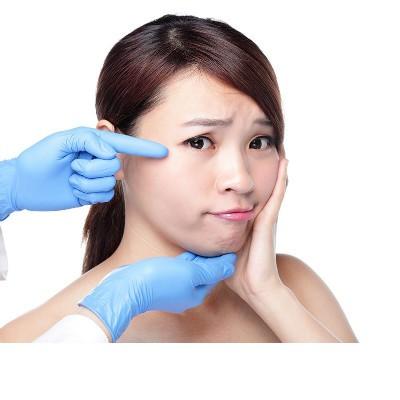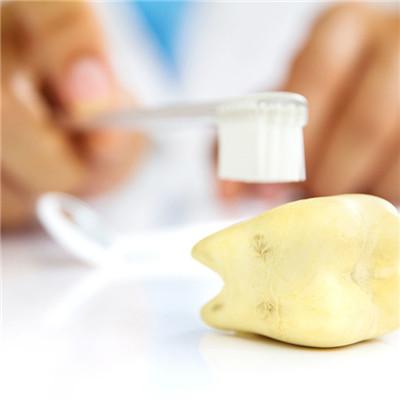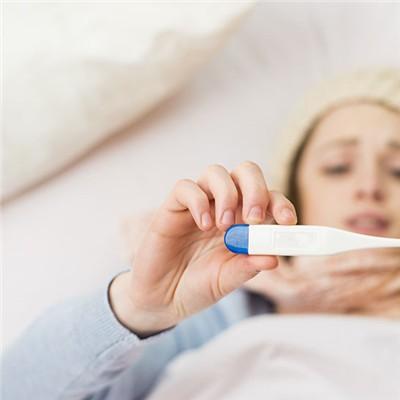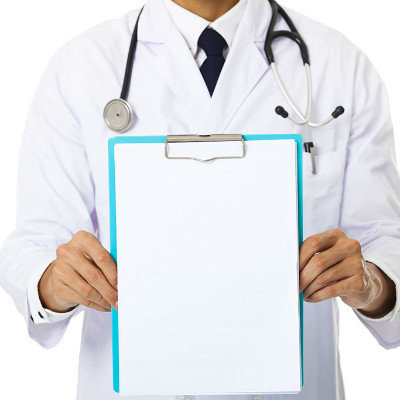Symptoms of adult umbilical hernia
summary
According to the shape of the hernia, it can be divided into median umbilical hernia and paraumbilical hernia. According to the age of onset, it can be divided into infant umbilical hernia and adult umbilical hernia. Adult umbilical hernia is usually acquired except for a few persistent and recurrent cases of infant umbilical hernia. It mostly occurs after middle age and is more common in women (the ratio of male to female is 1 ∶ 3). Umbilical hernia is umbilical median hernia, while umbilical hernia is the main umbilical cord hernia in adults. The incidence rate of umbilical hernia is much lower than that of umbilical hernia in infants. Adult umbilical hernia can't heal itself and is prone to incarceration or strangulation. The symptom of adult umbilical hernia? Let's talk about it
Symptoms of adult umbilical hernia
However, the prolapsed greater omentum in the umbilical hernia is easy to form adhesion with the hernia sac hernia ring, so many patients will not completely disappear after a period of time.
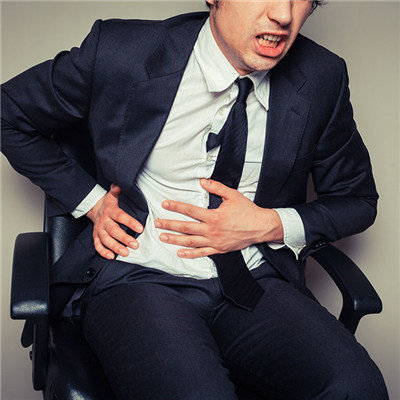
Because of the omentum and even the intestinal tract being pulled into the hernia sac, some patients have symptoms such as pain and discomfort in the hernia sac or occult pain in the upper abdomen. Because the fascial ring around the hernia ring of adult umbilical hernia is relatively firm and sharp, there are more chances of incarceration and strangulation,
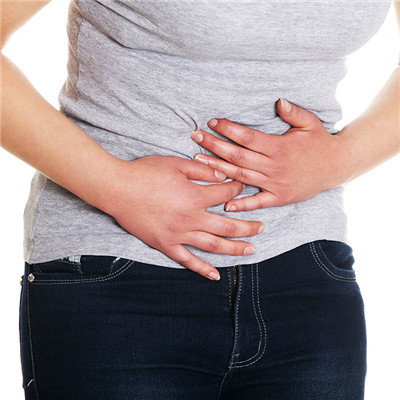
Once incarceration occurs, there will be local pain, abdominal colic, vomiting and other symptoms of intestinal obstruction. If incarceration is not operated in time, intestinal necrosis, intestinal perforation and acute peritonitis will occur, which can eventually lead to death.

matters needing attention
The prevention of adult umbilical hernia is mainly to avoid and control various factors that lead to long-term increase of intra-abdominal pressure and abdominal wall over stretching, such as moderate abdominal muscle exercise, weight loss, avoiding macrosomia, multiple births and so on. Patients with cirrhosis and portal hypertension should be actively treated to control ascites.


